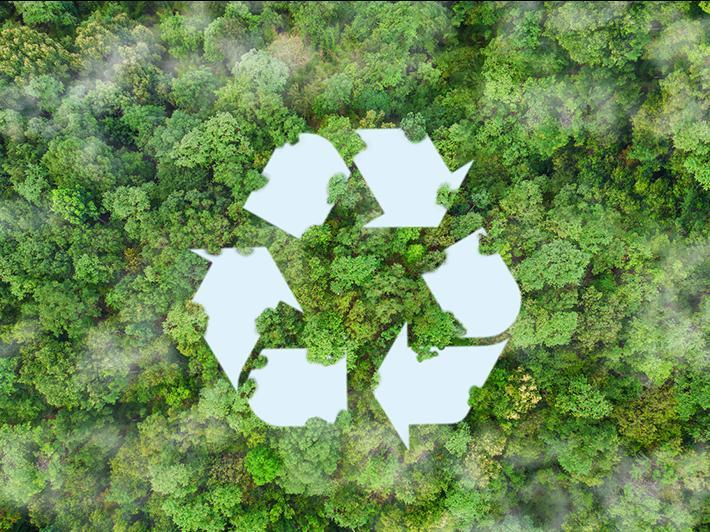Ben Emerson speaks on 11Alive about H2 as a gas turbine fuel
11Alive interviewed the combustion lab's Ben Emerson in their 9:00am show on June 18, 2025. The subject of the interview was hydrogen as a gas turbine fuel in reaction to the recent 50% hydrogen demonstration at Plant McDonough. Read More.




